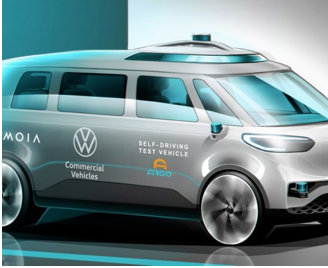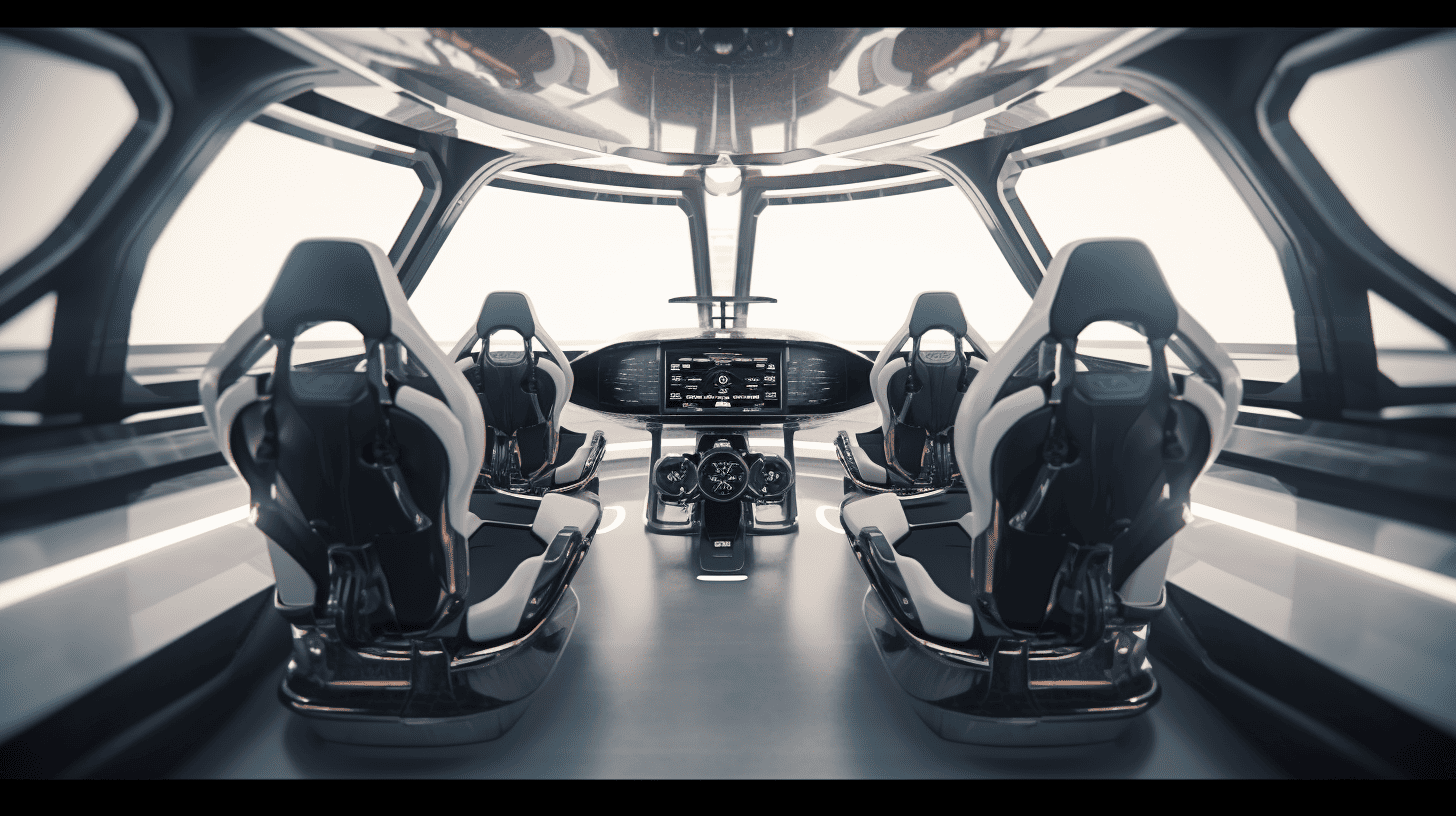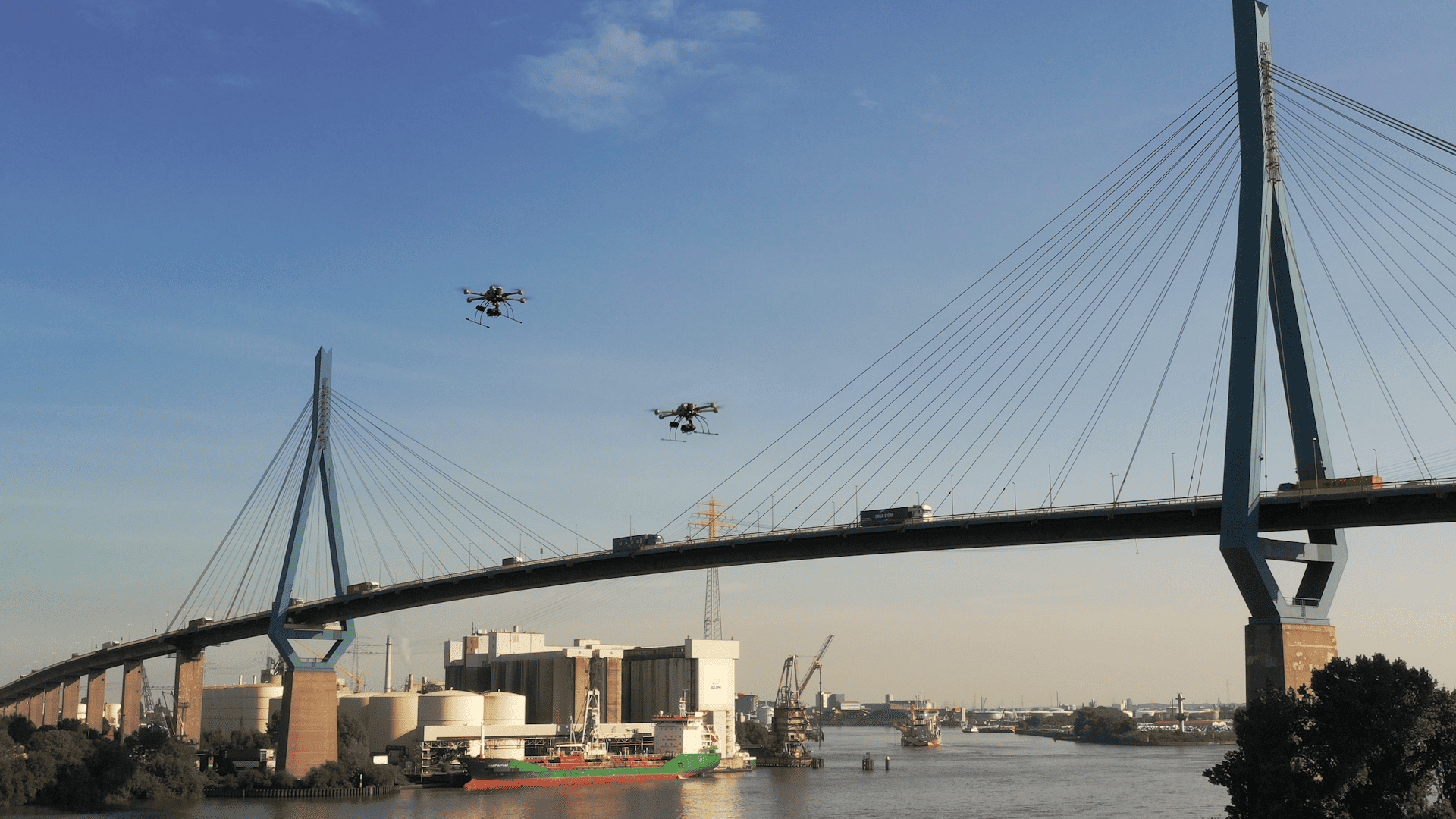
Volkswagen is planning to start a major test of self-driving cars in Germany this summer. Of a prototype of what should later become the ID. Buzz AD at a test site near Munich. This is a futuristic-looking self-driving vehicle for the transportation of people or goods. In three years time, the first ride-pooling service should start in Hamburg, a mobility service which features this self-driving ID.Buzz. Later on, this service will also be launched in other cities.
According to Volkswagen, light commercial vehicles are the logical option for transporting people and goods “autonomously. “With the autonomous version of the ID. Buzz, we want to make commercial transport and delivery services feasible from 2025 onwards,” says Christian Senger, responsible for the development of autonomous motoring within Volkswagen Commercial Vehicles. “In a number of cities, customers will soon be able to let a self-driving vehicle take them to their destination. The delivery of goods and packages will also become much easier with our autonomous ride service.”
European conditions
Volkswagen has entered into a partnership with Argo AI in order to develop the self-driving ID. Buzz. Argo ID is an international company that develops technology for autonomous vehicles. Both the Volkswagen Commercial Vehicles division and Argo AI see the use of a combination of sensors – including lidar, radar and cameras – as essential for enabling safe autonomous driving.

“In the vicinity of our European engineering and development center, we are setting up a test track next to the Munich airport,” says Argo founder and CEO Bryan Salesky. ” We have gained extensive experience during years of testing in six different cities across the US. Now we’re going to get our technology ready for the specific conditions of European traffic.”
Argo Lidar sensor
For the ID. Buzz AD (which stands for ‘Autonomous Driving‘), Volkswagen Commercial Vehicles is using a new lidar sensor, the Argo Lidar. This allows the vehicle to see objects up to 400 meters away and adjust its driving strategy accordingly. Argo Lidar features a ‘Geiger mode‘ that is capable of detecting the smallest particle of light – a single photon. As a result, the system can also ‘see’ objects that reflect very little light.
The Volkswagen Group subsidiary MOIA will put the first self-driving ID.Buzz AD into service in 2025. “MOIA has gained a lot of experience in the field of mobility services and fleet management,” said managing director Robert Henrich. “We have established Europe’s largest, fully electric ride-pooling service. We are leveraging this expertise for the first autonomous ride-pooling service with ID.Buzz.”
Title photo: This is how the ID Buzz AD ‘sees’ its surroundings. (c) Volkswagen AG.
Also interesting: Self-driving cars drive ‘more like humans’ with new algorithm







